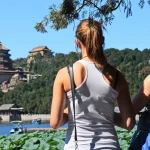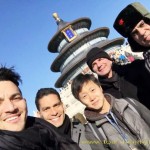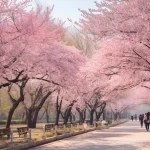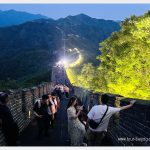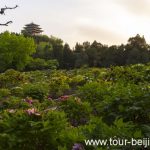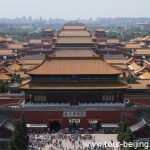Top 10 Attractions in Pingyao (Tips, Photos & Map)
Plan your Pingyao Tour? Located in central Shanxi Province, about 100 km south of Taiyuan, Pingyao is a tiny ancient city built in the Western Zhou Dynasty. It boasts a history of over 2,700 years. There is no charming landscape. No green mountain or clear water. What is unique in Pingyao is the well-preserved ancient…
